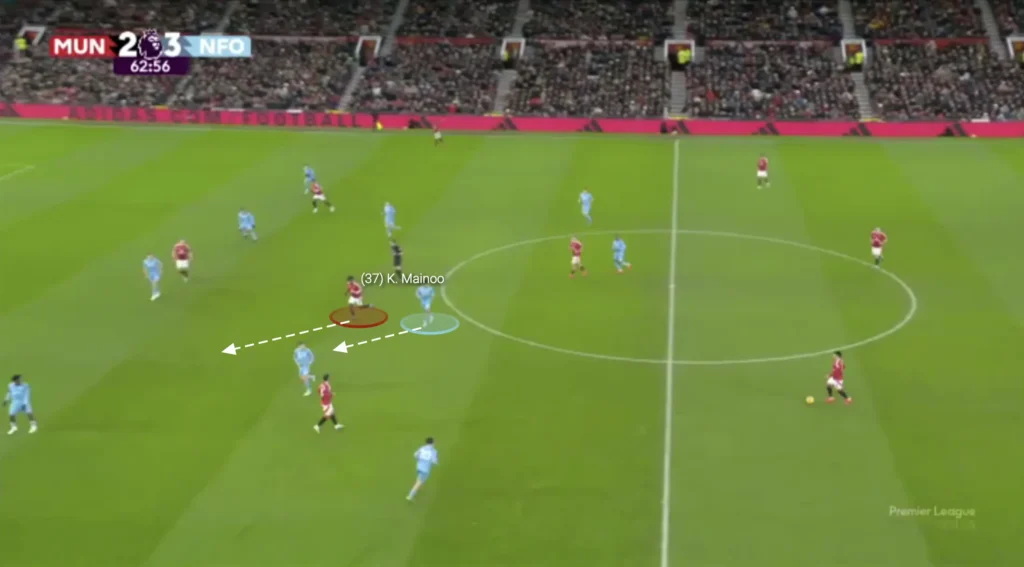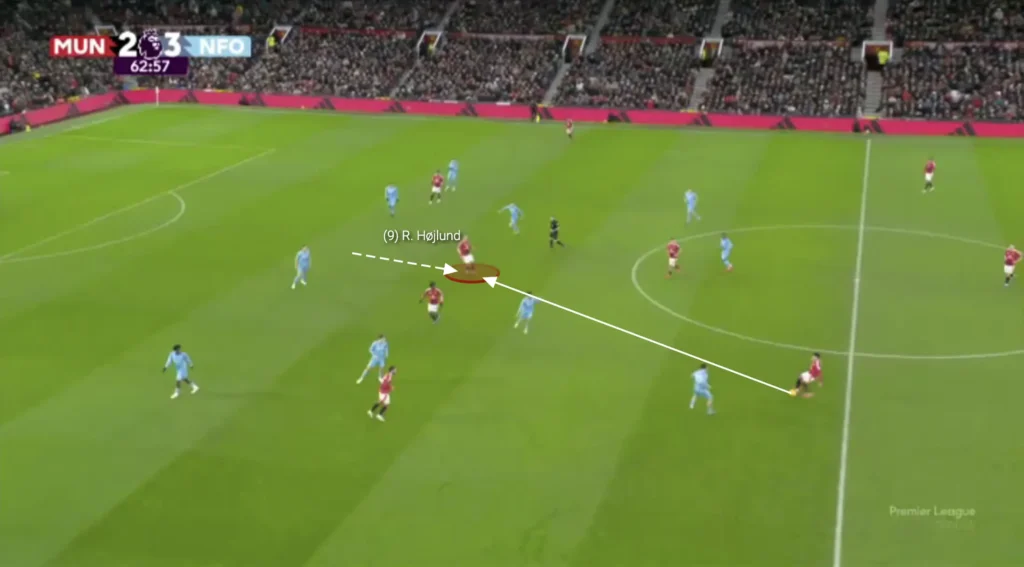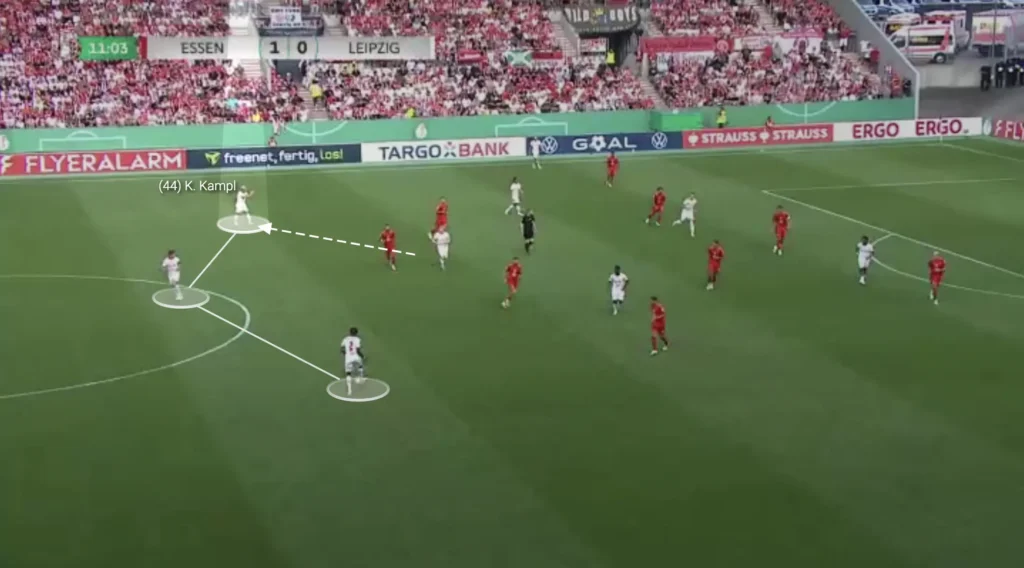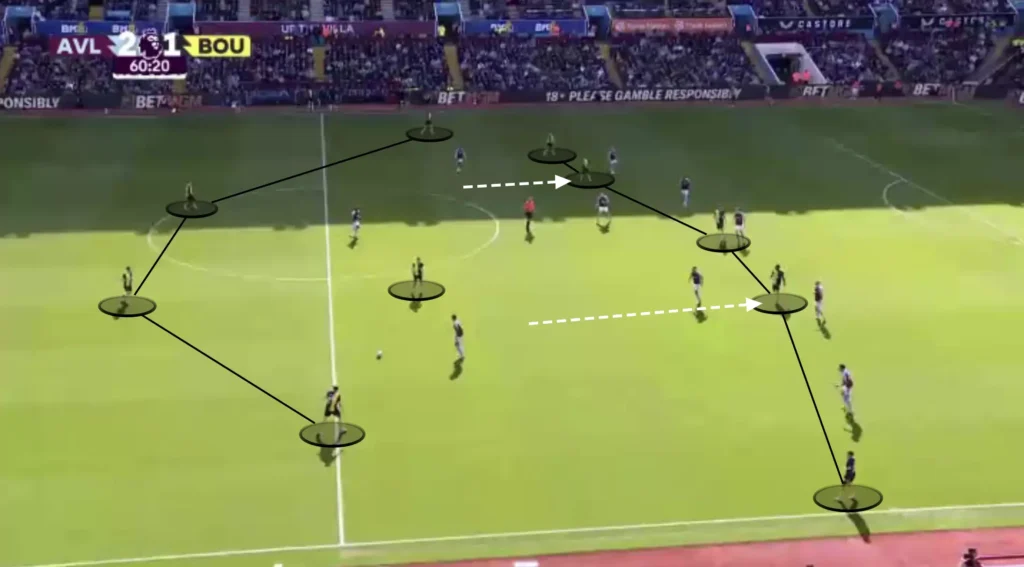Rotations are one of the most dynamic and effective tactical tools in modern football. They transform rigid formations into fluid systems, allowing teams to unbalance opponents, create space, and generate attacking opportunities. By swapping positions strategically, players can confuse defenses, disrupt man-marking systems, and open passing lanes that would otherwise remain closed.
Rotations are not just about movement; they are a deliberate and coordinated effort to enhance the team’s tactical approach. From dragging defenders out of position to overloading specific areas of the pitch, rotations are essential for teams that aim to dominate games and control possession. In this article, we’ll explore what these fluid movements are, why they matter, the different types, and how they can be implemented effectively.
What Are Rotations in Football?
Rotations occur when players exchange positions during a match, creating fluidity and unpredictability in their team’s attacking play. Unlike statically staying in the same position, rotations allow players to move into spaces that maximize their impact on the game. These movements are extremely fluid but can be pre-planned and practiced in training to ensure coordination and tactical effectiveness.
For example, a winger might drift inside to draw a defender away from their position, allowing an overlapping fullback to attack the open space.
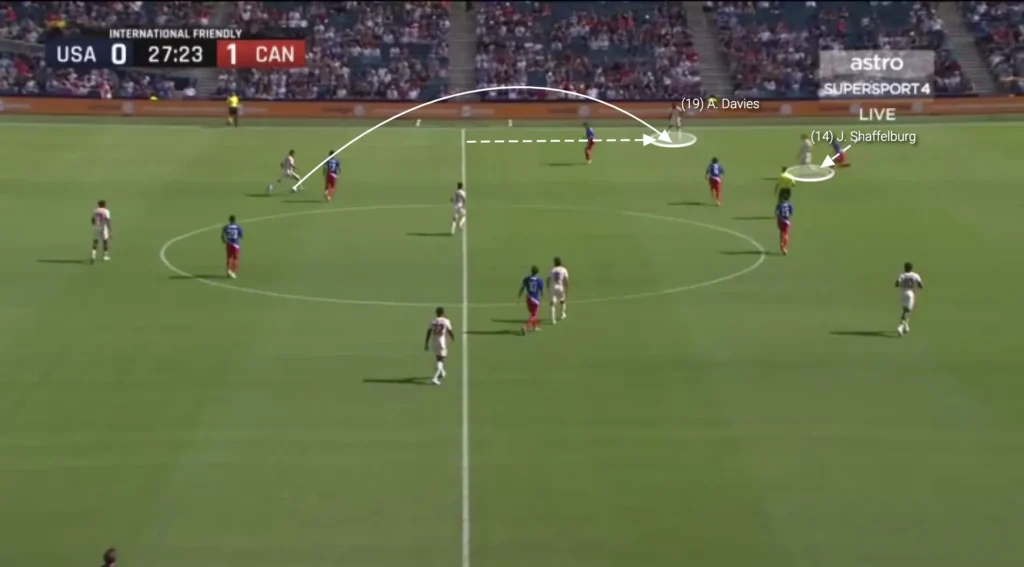
Alternatively, a central midfielder may drop deeper to receive the ball while another player pushes forward to maintain attacking momentum.
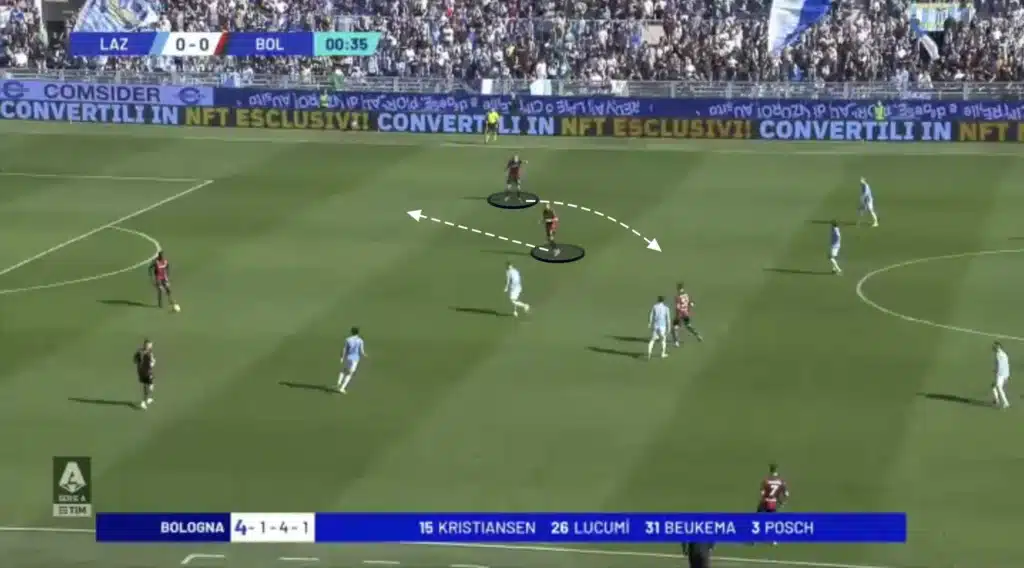
These position changes force the opposition to adjust constantly, making it harder to maintain a solid defensive structure.
Why Are Rotations Important?
Rotations are a cornerstone of modern football tactics because they offer numerous tactical advantages:
1. Creating Space
Rotations are incredibly effective at creating space. By dragging defenders out of position, they open gaps that teammates can exploit. This is particularly useful against compact defenses or teams that sit in a low-block, where space is at a premium.
Here, for example, A Man United defender has the ball, and a midfielder looks to open space for his teammates by making a run out towards the side. This run drags away an opposition midfielder, opening the space in the midfield for the United striker to drop into. The striker can get a pass from the defender and turn with the ball to progress it forward.
2. Overloading Key Areas
Rotations often lead to numerical superiority, or overloads, in critical areas of the pitch. Whether in midfield, wide areas, or the final third, having more players in a specific zone can help a team dominate possession and create goal-scoring opportunities.
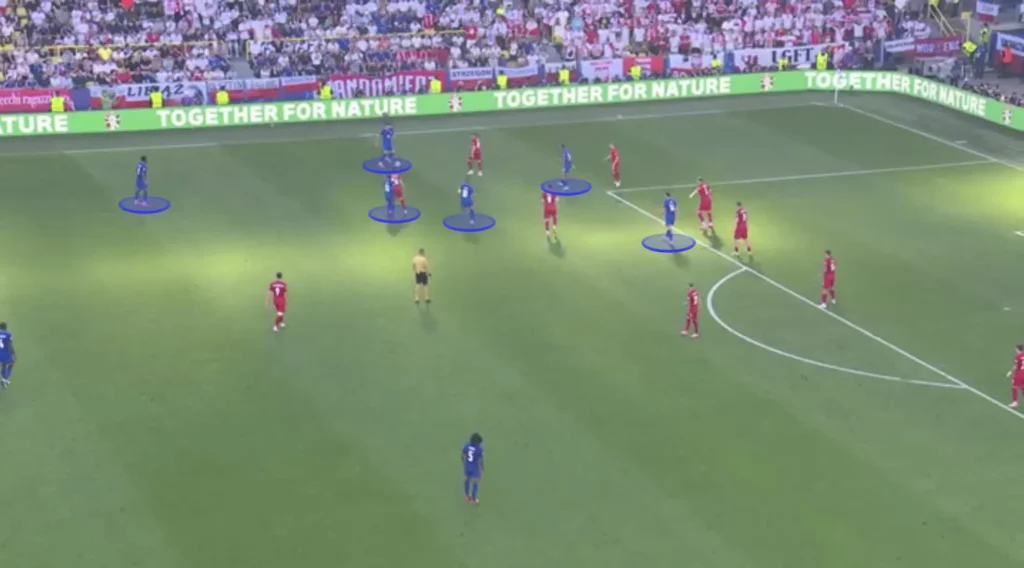
3. Unpredictability
Static formations are easier to defend against because opponents can anticipate the attacking patterns. Rotations add an element of unpredictability, keeping defenders on their toes and forcing them to make quick decisions.
4. Enhancing Ball Progression
Rotations improve ball progression by creating passing angles and maintaining movement around the ball carrier. This constant movement ensures that players are always available to receive the ball, making it easier to bypass the opposition’s press.
5. Flexibility
Rotations allow teams to adapt to different in-game situations. Whether breaking down a compact defense or evading a high press, rotations provide tactical flexibility to address the challenges presented by the opposition.
Types of Rotations
Rotations can take various forms, depending on the area of the pitch and the tactical objective. Here are some common types:
1. Wide Rotations
Wide rotations involve coordinated movement between the winger, fullback, and central midfielder on one side of the pitch. For instance, the winger may cut inside to occupy the half-space, while the fullback overlaps to provide width. At the same time, the central midfielder may drop into the space vacated by the fullback to maintain balance and create additional passing options.
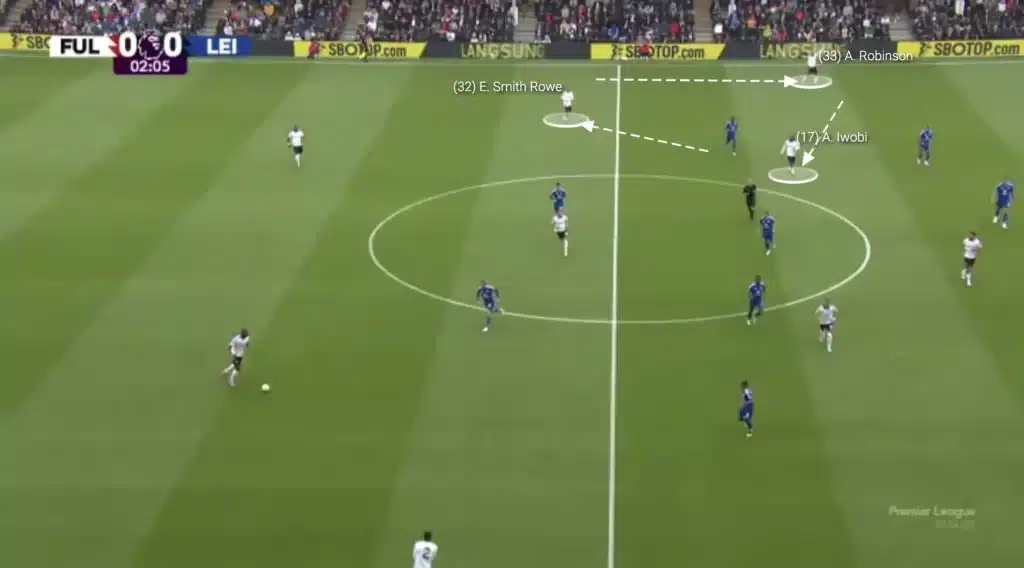
This movement creates confusion for defenders, opening up crossing or shooting opportunities.
2. Midfield Rotations
In the midfield, rotations are crucial for maintaining possession and evading pressure. A holding midfielder might drop into the backline to help with the build-up, while the more advanced midfielders might push higher to join the attack.
The midfielders can also do simple position changes to open up space for each other. In this situation, for example, a holding midfielder(who is marked) and an attacking midfielder switch positions.
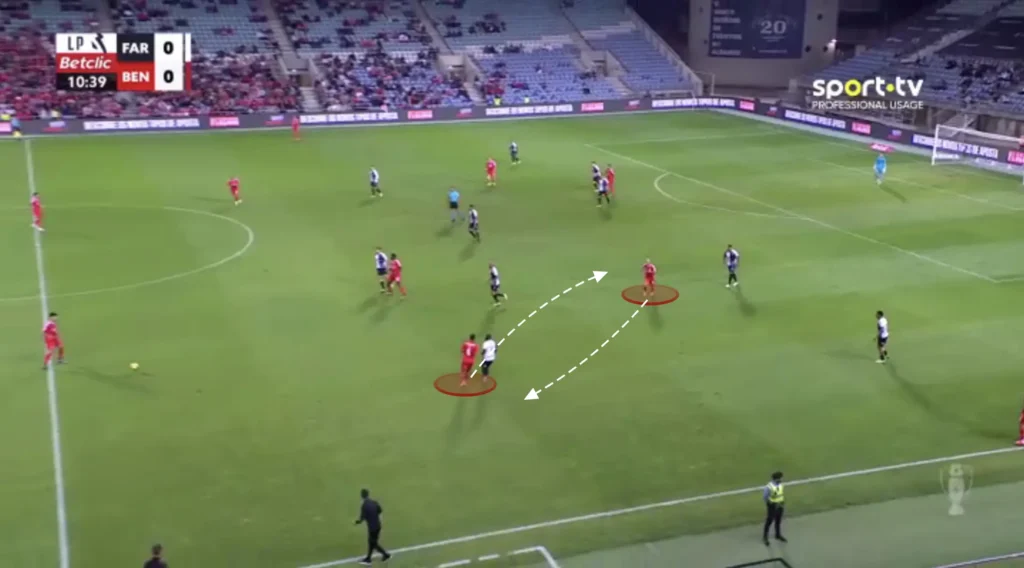
This pulls away the defender and opens the space for the attacking midfielder to receive a pass from the center-back.
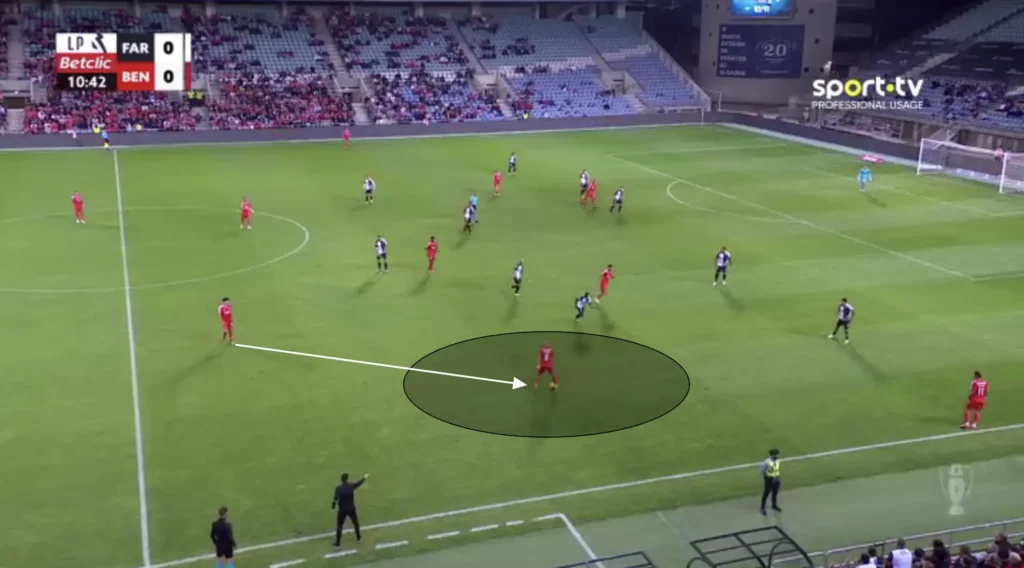
These movements ensure that passing lanes remain open and allow the team to progress the ball effectively through the central areas.
3. Forward Rotations
Forward rotations are used to disrupt the opposition’s defensive line. For example, a striker might drop deep into midfield to link play, pulling a center-back out of position. This movement creates space for an attacking midfielder or winger to exploit, increasing the team’s goal-scoring potential.
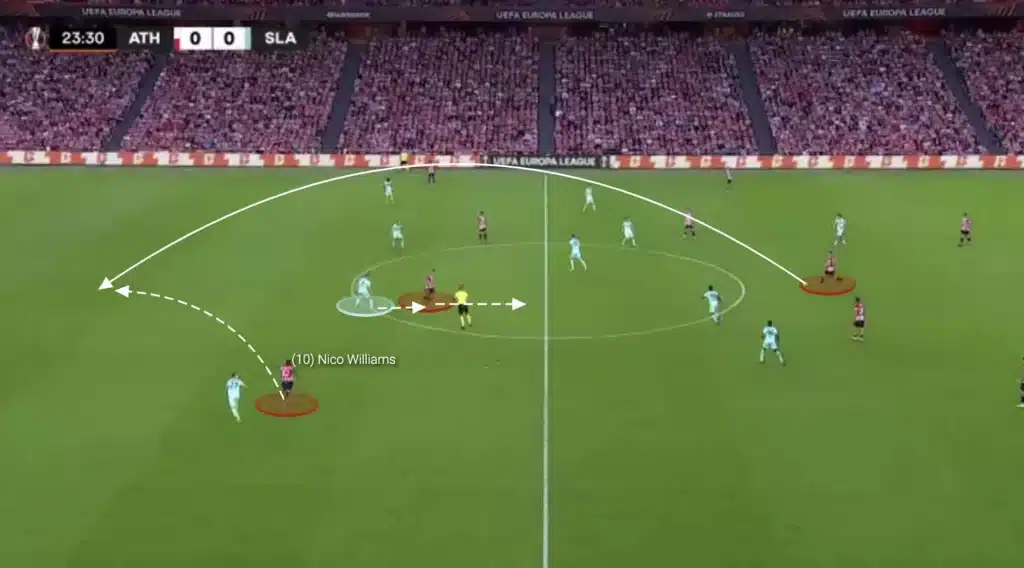
4. Defensive Rotations
Rotations are not limited to attacking play; they also play a vital role in defense. When one defender steps out to press an opponent, another player rotates to cover the space left behind. This ensures defensive stability while allowing the team to apply pressure on the ball.
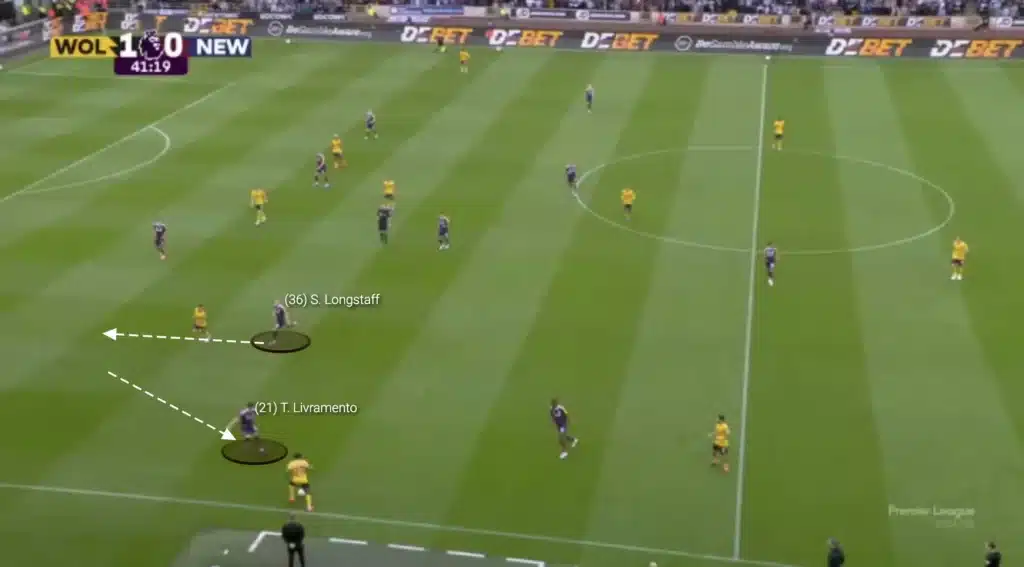
How to Implement Rotations
Successfully implementing rotations requires a combination of tactical planning, player intelligence, and extensive practice. Here are some key considerations for coaches:
1. Player Awareness
Players must understand the purpose of rotations and know when and where to move. This requires excellent communication, spatial awareness, and a deep understanding of the team’s tactical setup.
2. Positioning
Rotations should enhance the team’s structure rather than disrupt it. Players must ensure that the team maintains balance, especially during transitions. For example, if a fullback pushes forward, a midfielder or center-back should be ready to cover defensively.
3. Timing
The timing of rotations is crucial. Poorly timed movements can lead to turnovers and leave the team vulnerable to counterattacks. Precise execution and coordination among players is, therefore, vital for this tactic to be effective.
4. Training
Rotations must be practiced regularly in training sessions. Coaches can use small-sided games, positional drills, and match simulations to help players develop the movement patterns needed for effective rotations. Repetition is key to ensuring that players execute these movements instinctively during matches.
5. Flexibility and Adaptation
Rotations should be flexible and adaptable to different game scenarios. Coaches should encourage players to read the game and adjust their movements based on the opposition’s defensive setup.
Conclusion
Rotations are a vital aspect of modern football tactics, offering teams the ability to stay unpredictable, create space, and dominate opponents. Whether in wide areas, midfield, or the final third, rotations bring fluidity and creativity to the game.
By mastering these movements, teams can break down even the most compact defenses, disrupt man-marking systems, and maintain control in possession. For players, understanding these tactics means improving their awareness and becoming more versatile on the pitch. For coaches, it’s a tool to elevate their team’s tactical approach and unlock new attacking possibilities.

